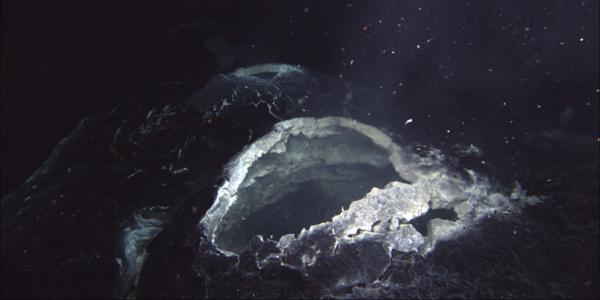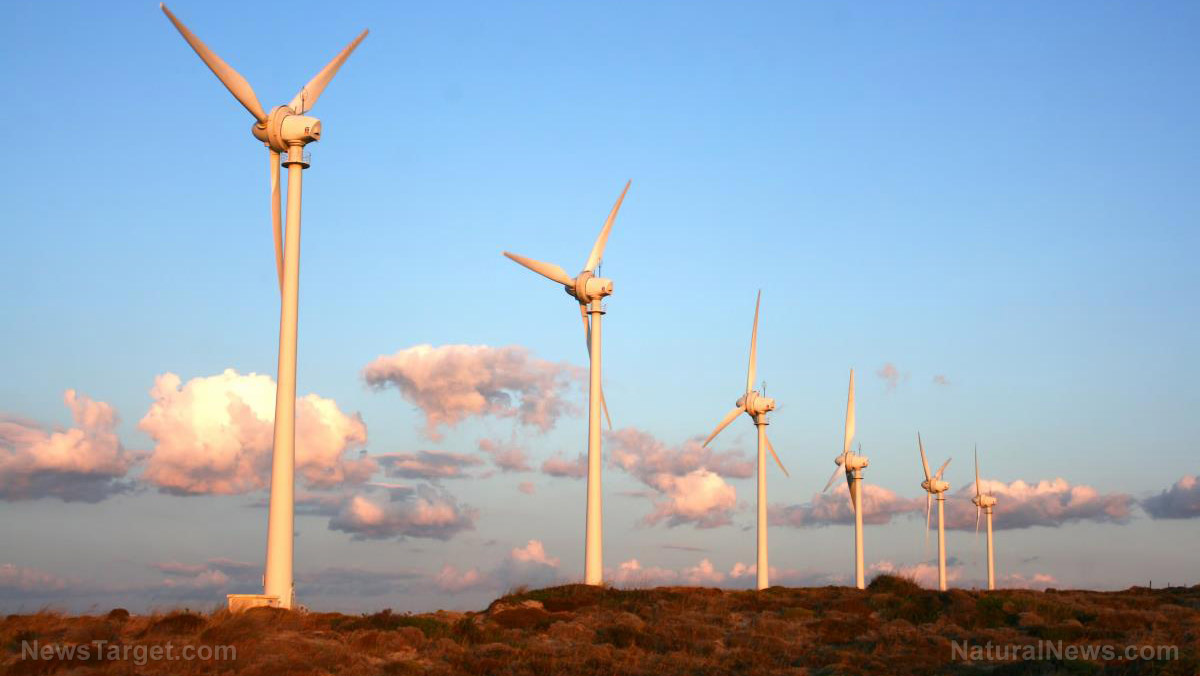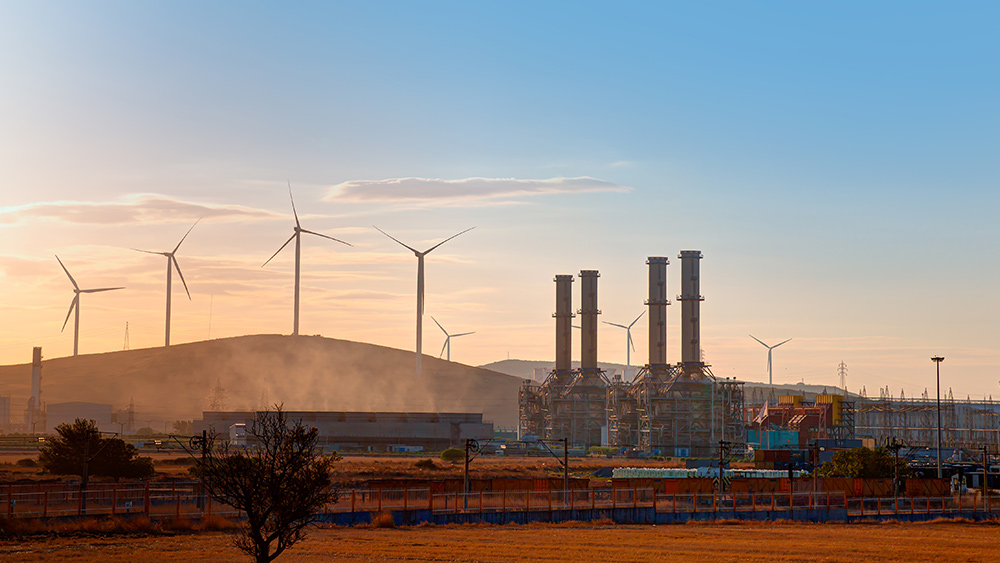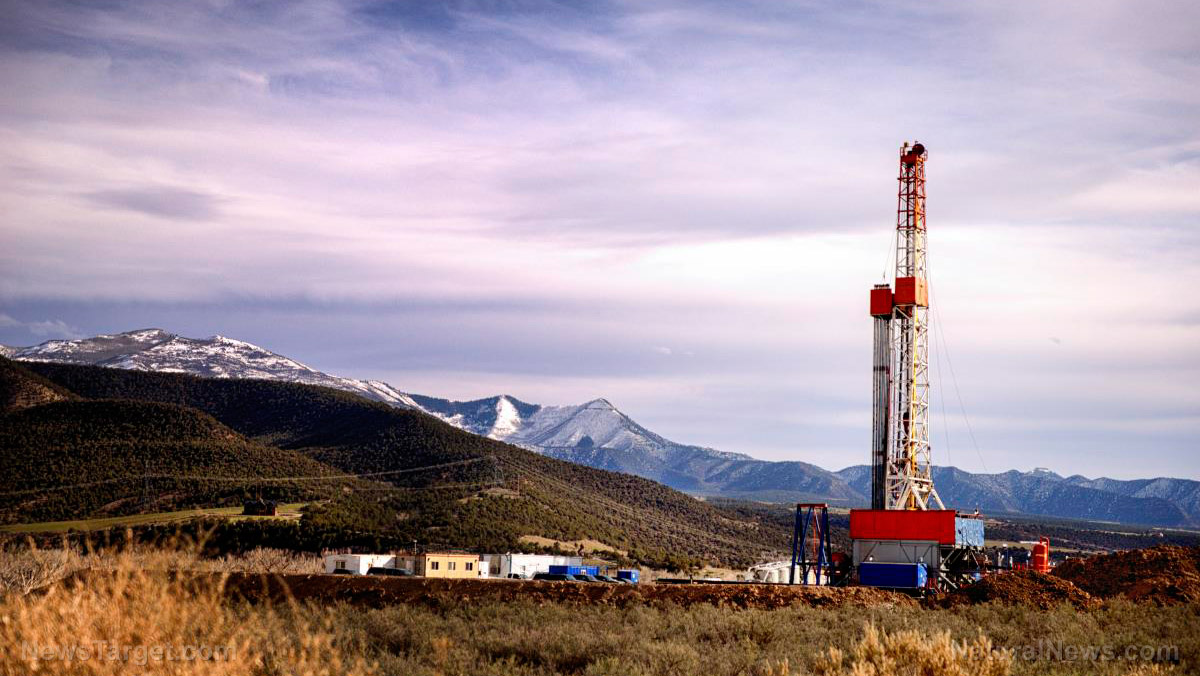Underwater volcano off the coast of Oregon likely to erupt THIS YEAR, according to researchers
02/05/2025 / By Willow Tohi

- The underwater volcano Axial Seamount, located off the Oregon coast, is expected to erupt again after a pattern of inflation similar to previous eruptions in 1998, 2011 and 2015.
- Axial Seamount is equipped with a network of real-time monitoring instruments, including seismometers and pressure sensors, which provide unprecedented data for studying submarine volcanic activity.
- The predictable nature of Axial Seamount’s eruptions offers a rare opportunity to refine volcanic forecasting models, potentially improving predictions for land-based volcanoes and reducing risks for nearby communities.
- Ongoing research and expeditions to Axial Seamount continue to yield insights into submarine volcanism, hydrothermal vent ecosystems and the interplay between geological and biological processes.
- By studying Axial Seamount, scientists aim to develop more accurate eruption forecasts, ultimately contributing to safer communities and reduced economic losses in areas affected by volcanic activity.
Off the coast of Oregon, deep beneath the Pacific Ocean, a mile-deep underwater volcano is quietly preparing to make history—again. The Axial Seamount, the most active submarine volcano in the northeast Pacific, is showing signs that it could erupt as early as 2025. For scientists, this isn’t just another geological event; it’s a rare opportunity to refine the art of volcanic forecasting, a field that has long struggled with unpredictability.
A natural laboratory beneath the waves
The Axial Seamount, located about 300 miles off the Oregon coast, has been under scientific scrutiny for over three decades. Since 1998, it has erupted three times—in 1998, 2011 and 2015—each time following a predictable pattern of inflation, where the volcano swells like a balloon as magma accumulates beneath its surface.
“It seems to have this pretty repeatable pattern from one eruption to the next,” said William Chadwick, a research associate at Oregon State University, in an interview with ABC News. “We’ve been monitoring it for 30 years, and it’s given us a unique window into how submarine volcanoes behave.”
The volcano’s inflation is now reaching levels similar to those seen before its last eruption in 2015, leading researchers to predict another eruption within the year. This predictability makes Axial Seamount a “natural laboratory” for studying volcanic activity, according to Scott Nooner, a professor of geophysics at the University of North Carolina at Wilmington.
“If you were on a boat above the volcano, you wouldn’t know at all that it had erupted,” Nooner told ABC News. “It’s a controlled eruption, deep enough and far enough from the coast that it poses no danger to humans.”
Real-time monitoring: A game-changer for volcanology
What sets Axial Seamount apart from other volcanoes is the advanced monitoring system in place. Scientists have installed a network of instruments, including seismometers and pressure sensors, connected by cables that extend from the coast to the volcano. This setup provides real-time data, a rarity in the field of volcanology.
“We actually have real-time data from Axial Seamount, which is pretty unusual,” Chadwick said. “This allows us to track earthquakes and inflation with incredible precision.”
The data collected from Axial Seamount is not just academic; it has practical implications for volcanic forecasting. On land, predicting eruptions is fraught with challenges, as false alarms can lead to unnecessary evacuations and panic. But with Axial Seamount, scientists can test their forecasting models without risking human lives.
“You don’t want to issue false alarms and cause evacuations and so forth,” Chadwick explained. “Here, we can kind of experiment with issuing a forecast and seeing if it works out or not.”
Why this matters: A step toward safer communities
The ability to predict volcanic eruptions with greater accuracy could have profound implications for communities living near active volcanoes. Take, for example, the recent eruptions of Hawaii’s Kilauea volcano, which has erupted seven times since December 2023. While Kilauea’s activity is closely monitored, predicting its eruptions remains a challenge.
By studying Axial Seamount, scientists hope to develop models that can be applied to land-based volcanoes, potentially saving lives and reducing economic losses. “Volcanologists would like to be able to issue forecasts further out to give more warning, and that’s generally harder to do,” Chadwick said. “Axial Seamount is helping us get closer to that goal.”
A legacy of discovery
The Axial Seamount has been a focal point of marine geology since it became the site of the world’s first underwater volcano observatory, NeMO, in the late 1990s. Over the years, expeditions to the seamount have yielded groundbreaking insights into submarine volcanism, hydrothermal vent ecosystems and the interplay between geological and biological processes.
In June 2024, a team of researchers aboard the R/V Atlantis conducted the latest expedition to the seamount, deploying advanced underwater vehicles like the ROV Jason and AUV Sentry to map the volcano’s inflation and collect high-resolution bathymetry data. These efforts are part of a broader initiative under the National Science Foundation’s Ocean Observatories Initiative, which aims to create a long-term, real-time monitoring network for underwater volcanoes.
As the Axial Seamount inches closer to its next eruption, scientists are poised to learn even more about the inner workings of one of Earth’s most dynamic geological features. For researchers like Chadwick and Nooner, the seamount is more than just a volcano—it’s a beacon of hope for a future where volcanic eruptions can be predicted with confidence, making the world a safer place for all.
“Continuing to monitor Axial Seamount will give us invaluable data,” Chadwick said. “It’s not just about understanding this one volcano—it’s about understanding volcanoes everywhere.”
As the Pacific Ocean churns above, the Axial Seamount quietly waits, its next eruption set to unlock new secrets of the deep. For scientists and communities alike, the stakes couldn’t be higher—or more exciting.
Sources include:
Submit a correction >>
Tagged Under:
axial seamount, Climate, climate science, discovery, Ecology, environ, natural disaster, Oregon, research, underwater volcano, volcanic eruption
This article may contain statements that reflect the opinion of the author




















